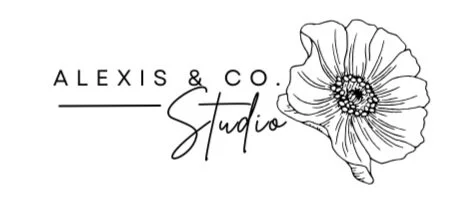What Will be Expected of Me During an Art Therapy Session?
Whether you’re starting individual or group art therapy, it’s normal to feel uncertain about what’s expected of you. You might be asking: Do I have to talk? Will others see my art? What if I don’t know how to draw? The truth is, art therapy meets you right where you are—emotionally, developmentally, and creatively. There’s no right or wrong way to show up.
You Don’t Need to Be “Good at Art”
Let’s clear up the biggest myth right away: art therapy has nothing to do with artistic skill. You won’t be judged or graded on what you create. The focus is on the process of making—not the product. In fact, many people come to art therapy because they find words hard to access or overwhelming. Art gives us another language to express what’s inside (Malchiodi, 2020). Whether you’re painting, collaging, shaping clay, or simply moving materials with your hands, the act of creating can help regulate the nervous system, reduce stress, and open up insight (Hinz, 2020).
In Individual Sessions: You Set the Pace
In individual art therapy, the process is personalized to you. Your therapist may begin with a simple invitation to explore a material—perhaps drawing, paint, or a sensory-based option like clay or sand. You won’t be forced to talk or explain your work unless you want to. Sometimes, the image says more than words ever could. If the creative process seems daunting or overwhelming, your therapist may lead you in a guided project that meets your therapy goals. Your therapist may gently guide reflection, help you connect art to emotions or life events, or simply hold space for what emerges. Together, you’ll work toward your goals, whether that includes processing trauma, building emotional regulation skills, or increasing self-awareness (Moon, 2016).
In Group Sessions: Shared Space, Individual Expression
Group art therapy offers a different kind of healing—one grounded in shared experience, peer support, and creative connection. While the art-making is still your own, you’ll be invited to create alongside others in a safe and respectful environment. Some groups may follow themes or prompts, while others may offer open studio-style sessions. Reflection might happen in a circle, in pairs, or simply through observation. You’ll never be required to share what you’ve made or disclose personal details unless you choose to. Many people find group art therapy comforting—knowing they’re not alone and that others are navigating similar challenges (Riley, 1999).
What You Can Expect
You can expect a nonjudgmental, trauma-informed environment. You can expect choice—what you make, how much you talk, and how involved you want to be. You can expect your therapist to offer grounding techniques, regulate the space, and support you if big emotions surface. You can also expect a growing sense of safety, confidence, and creativity over time. Art therapy is flexible. It can be quiet, active, messy, structured, or free-flowing. The materials, pacing, and goals are chosen with intention—rooted in clinical reasoning and tailored to support your growth (Lusebrink, 2004).
Ultimately, what’s expected of you is simple: show up as you are. You don’t have to have the words. You don’t have to make “good” art. You don’t have to be ready to dive deep on day one. The work will unfold at a pace that honors your readiness, your story, and your strength.
References
Hinz, L. D. (2020). Expressive therapies continuum: A framework for using art in therapy (2nd ed.). Routledge.
Lusebrink, V. B. (2004). Art therapy and the brain: An attempt to understand the underlying processes of art expression in therapy. Art Therapy, 21(3), 125–135. https://doi.org/10.1080/07421656.2004.10129496
Malchiodi, C. A. (2020). Trauma and expressive arts therapy: Brain, body, and imagination in the healing process. Guilford Press.
Moon, B. L. (2016). Art-based group therapy: Theory and practice. Charles C Thomas Publisher.
Riley, S. (1999). Group process made visible: The use of art in group therapy. Routledge.
